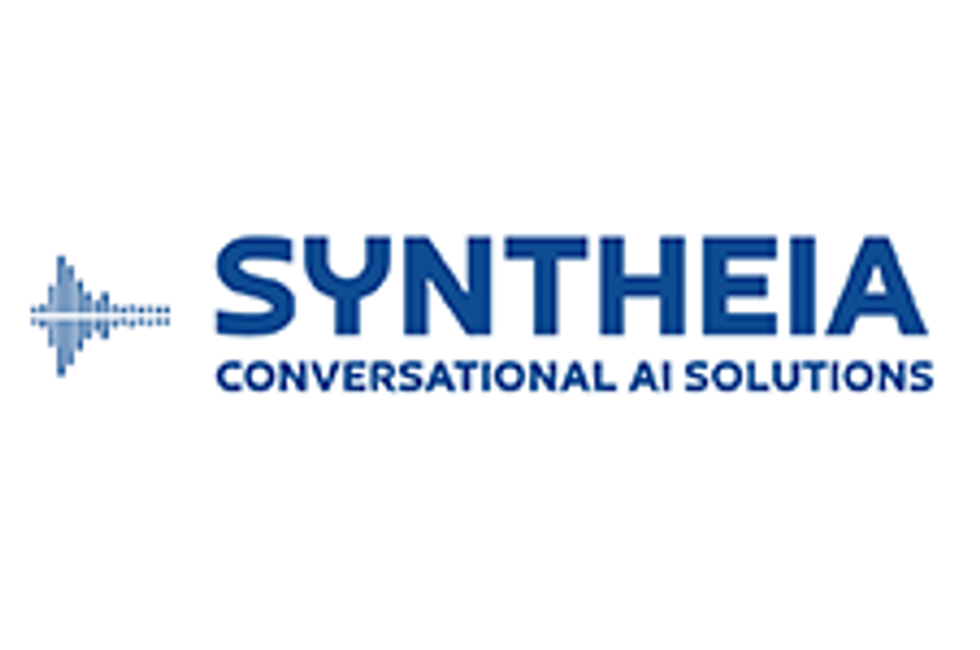Nvidia’s US$4 Trillion Surge Signals AI Chip Supremacy: Report
The valuation milestone made Nvidia the first public company to cross the US$4 trillion threshold.

Nvidia's (NASDAQ:NVDA) brief but historic rise to a US$4 trillion market capitalization last week underscores a dramatic shift in global technology leadership—and signals that AI chips are now the backbone of the digital economy, according to GlobalData.
While industry giants Apple (NASDAQ:AAPL) and Microsoft (NASDAQ:MSFT) had previously vied for tech supremacy, Nvidia’s meteoric growth—driven by the AI boom—has placed it firmly at the center of the global semiconductor race.
As noted in GlobalData’s latest “Innovation Radar” report, the global AI chip market is projected to grow at a compound annual growth rate (CAGR) of 20 percent, reaching US$154 billion by 2030.
The growth, it notes, is being propelled by rising demand for compute efficiency, sovereign AI initiatives, and next-generation technologies like neuromorphic computing and wafer-scale integration.
“Nvidia’s historic valuation highlights the unmatched investor appetite for companies at the heart of the AI revolution,” said Kiran Raj, Practice Head for Strategic Intelligence at GlobalData, in a July 10 press release.
“This rapid ascent reflects how indispensable AI chipmakers have become in today’s digital economy,” he added
Nvidia’s surge has been unprecedented. The company’s valuation grew from US$1 trillion to US$4 trillion in just two years, fueled by demand for AI accelerators that power everything from large language models to autonomous vehicles.
Nvidia’s success, is not just a stock story, but part of a structural transformation in how global economies prioritize digital infrastructure: “With its AI chips powering everything from data centers and cloud computing to autonomous vehicles and robotics, Nvidia is uniquely positioned," the report read.
That shift has been accelerated by sovereign AI initiatives—governments funding domestic semiconductor capabilities to reduce reliance on foreign technology. The US, China, and Europe are pouring billions into national chip programs, while demand for specialized AI hardware continues to rise across sectors.
Nvidia’s current dominance is reflected in its 80 percent share of the market for AI training chips.
Customers such as Microsoft, Meta (NASDAQ:META), Amazon (NASDAQ:AMZN), and Alphabet plan to spend over US$320 billion this year on data center infrastructure, much of it anchored on Nvidia’s products.
That demand has driven Nvidia’s profits sharply upward, with net income jumping from US$4.4 billion in 2023 to US$73.88 billion in 2025.
The company’s recent quarterly revenue hit US$44.1 billion—up 69 percent year over year. The chipmaker is also rolling out the Blackwell Ultra, an AI chip designed to handle more advanced reasoning tasks, as companies prepare for the next wave of model development.
However, geopolitical tensions and recent regulatory scrutiny have created headwinds. In April, Nvidia reported US$2.5 billion in lost revenue due to US export controls on AI chips to China.
The company also briefly lost US$600 billion in market value after Chinese startup DeepSeek claimed it could train a powerful AI model using far fewer Nvidia chips.
Though those fears were short-lived, GlobalData warns that the race for AI hardware supremacy will increasingly be shaped by policy, trade, and supply chain resilience.
Looking ahead, Wall Street remains bullish, as analysts estimate Nvidia’s valuation could reach as high as US$6 trillion by 2028.
Don’t forget to follow us @INN_Resource for real-time updates!
Securities Disclosure: I, Giann Liguid, hold no direct investment interest in any company mentioned in this article.






